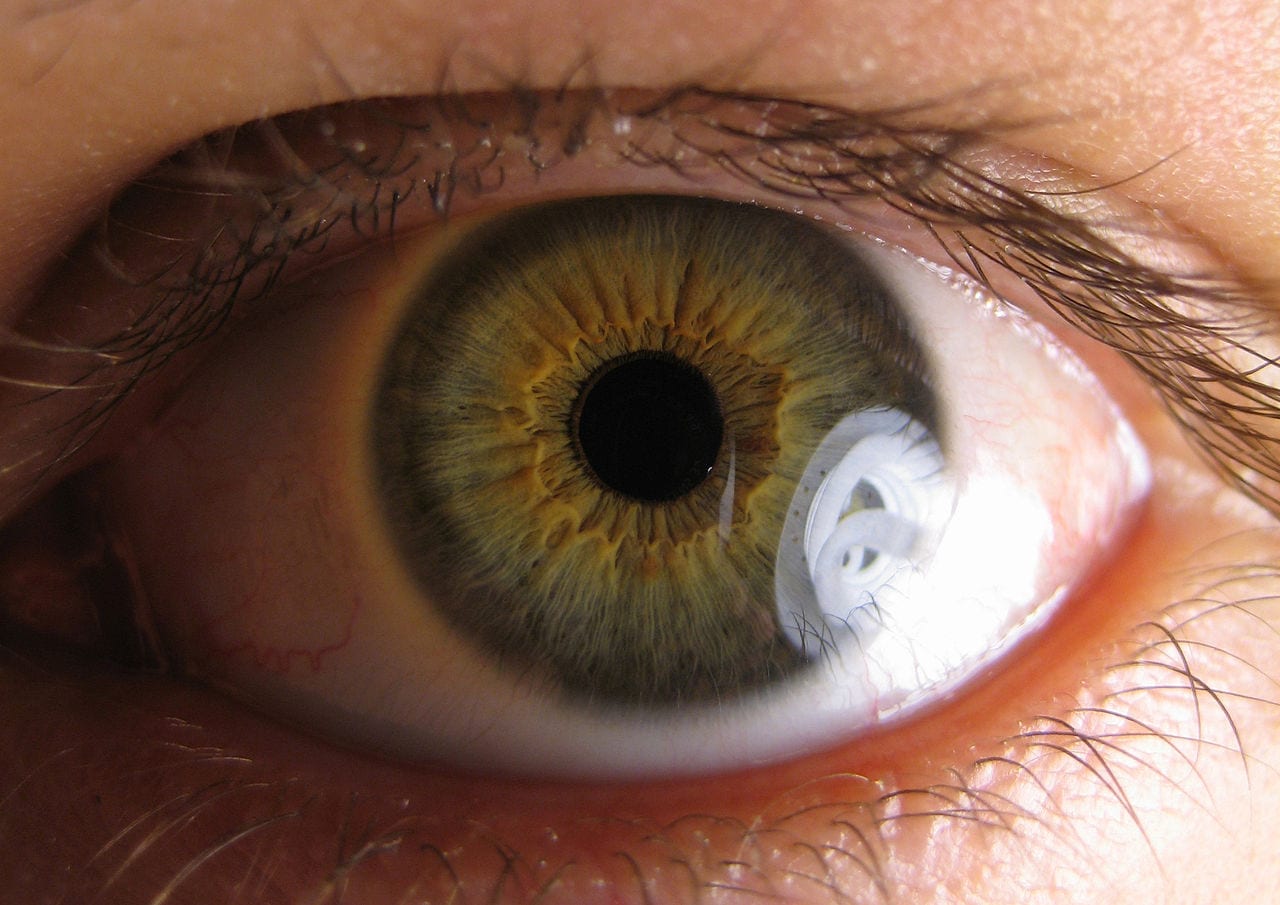Preclinical results from InMed Pharmaceuticals, Inc. (TSX: IN) suggest cannabinol (CBN) is a promising ingredient in the treatment of glaucoma, a group of conditions related to abnormally high pressure in the eye.
In a statement Wednesday, InMed gave an update from its INM-088 drug development program that indicate a potential neuroprotective effect of CBN on nerve cells in the eye.
CBN is a minor cannabinoid that manifests in weed samples exposed to oxygen over extended periods of time, and has seen a recent spike in attention for its therapeutic potential for a number of conditions.
Read more: Cannabinol (CBN) the main ingredient in potential treatments for glaucoma and a rare skin disease
In particular, InMed is developing INM-088 as a CBN eye drop formulation that reduces inner eye pressure associated with glaucoma and protects retinal ganglion cells (RGC) and the optic nerve.
VP of preclinical research and development Eric Hsu says the results from the studies, which also served as the basis for a recently filed international patent application, highlight the potential for CBN to contribute to an independent neuroprotective effect in addition to the standard pressure-reduction approach in treating glaucoma.
“We are now well positioned to advance towards selection of a suitable topical formulation for CBN delivery to the eye and anticipate commencing IND-enabling toxicology studies with INM-088 in the latter half of 2020,” he said.
The company says its first in vitro — meaning tests occurring outside of a whole organism — preclinical study evaluated the neuroprotective effects of several individual cannabinoids, including CBN, THC and CBD on differentiated retinal ganglion cells. RGCs form a thin layer of neurons responsible for relaying visual signals in the eye.
This particular study examined the effects of cannabinoids on RGCs under normal atmospheric pressure and elevated pressure conditions to model raised intraocular pressure (IOP), a key characteristic of glaucoma. The results showed that using CBN resulted in a high level of cell survival under elevated pressure, and worked better than both CBD and THC. InMed says the data indicates a potential neuroprotective effect of CBN in ocular disease.
Next, using the same in vitro model, InMed examined the potential effect of CBN on reducing or preventing natural RGC cell death. Data indicates that the addition of CBN resulted in a significantly higher level of cell survival.
According to InMed, study results also suggest that CBN may have potential to reduce IOP through improvement in the aqueous humor outflow in the trabecular meshwork of the eye. Elevated pressure in glaucoma is often attributed to decreased outflow in this area.
InMed said it also did several in vivo tests, meaning experiments done on a whole living organism. The results showed that, when injected directly into the central cavity of the eye, CBN stayed in the area of intended treatment.
The company also found the aforementioned pressure reduction as well as increased responsiveness to light when the CBN injection was given after a laser treatment called episcleral laser photocoagulation.
InMed is a clinical-stage pharmaceutical company developing a cannabinoid-based medications, initially focused on the therapeutic benefits of CBN in diseases with a high unmet medical need.
Glaucoma is the second leading cause of blindness worldwide and can occur at any age but is more common in older adults, InMed says. As of 2010, there were 44.7 million people in the world with open-angle glaucoma, the most common form of the disease. By the end of 2020, the number is projected to increase to 80 million people.
Top image public domain
nick@mugglehead.com
@nick_laba














